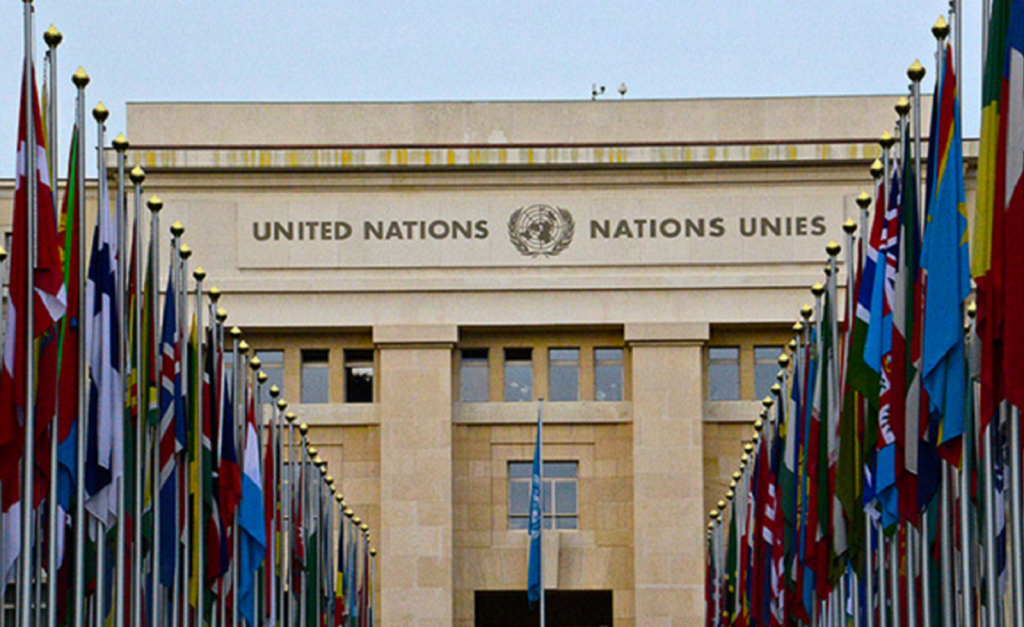Rwanda’s economy is expected to grow by 7% in 2024, up from 6.3 % in 2023, placing the country first in East Africa and third among African countries with high economic growth prospects.
This is detailed in the latest United Nations report, ‘World Economic Situation and Prospects 2024,’ which predicts a 2.4 percent increase in global economic growth in 2024, down from 2.7 percent in 2023.
The UN flagship economic report anticipates a sombre economic outlook for the near term with persistently high-interest rates, further escalation of conflicts, sluggish international trade, and increasing climate disasters, which pose significant challenges to global growth.
The UN Secretary-General António Guterres noted: “2024 must be the year when we break out of this quagmire. By unlocking big, bold investments, we can drive sustainable development and climate action and put the global economy on a stronger growth path for all.”

While external conditions are expected to remain unfavourable for African economies due to a weak global economic outlook and limited external financing opportunities, the report predicts that GDP growth in Africa will improve moderately in 2024, rising to 3.5% on average.
Overall, East Africa is expected to experience 5.5% economic growth in 2024, up from 5% in 2023. Inflation is expected to fall from 13.5 percent in 2023 to 10.5 percent in 2024 and 8.5 percent in 2025.
Among the top ten African countries expected to register high economic growth in 2024, according to the report, Rwanda comes in third after Libya and Senegal with 7.6 and 9.2 percent, respectively.
It further highlights that in East Africa, the country’s prospective leading economic performance in 2024 will be followed by DR Congo, Uganda, and Tanzania.
Economic growth, as a measure of Gross Domestic Product (GDP), takes into account the total market value of all finished goods and services produced within a country in a given period and serves as a barometer of a country’s economic health.
This means that these economies are expected to have more activity in manufacturing industries, infrastructure projects, agriculture, services, imports, and exports, among other things.
Anticipated Inflation Wave
Consumer prices, which have remained difficult for most developing countries over the last two years, will ease in 2024 and 2025, subject to geopolitical and climate conditions.
According to Li Junhua, United Nations Under-Secretary-General for Economic and Social Affairs, persistently high inflation has slowed progress in poverty eradication, with the least developed countries bearing the brunt of the consequences.
“It is critical that we strengthen global cooperation and the multilateral trading system, reform development finance, address debt challenges, and scale up climate financing to assist vulnerable countries in accelerating towards sustainable and inclusive growth.”
Rwanda’s inflation rate is expected to fall from 14.7 percent in 2023 to 7.2 percent in 2024 and 5.4 percent in 2025.
According to data from the National Institute of Statistics Rwanda (NISR), the increase in consumer prices on Rwanda’s market has slowed, reaching 9.2 percent in November 2023, the first time inflation has fallen below double digits this year.
However, average inflation figures for 2023 have yet to be released.
While high consumer prices are primarily the result of poor agricultural performance across seasons over the past two years, as well as imported inflation from external markets, the National Bank of Rwanda expects them to return to an acceptable range of 2% to 8% by 2024.


